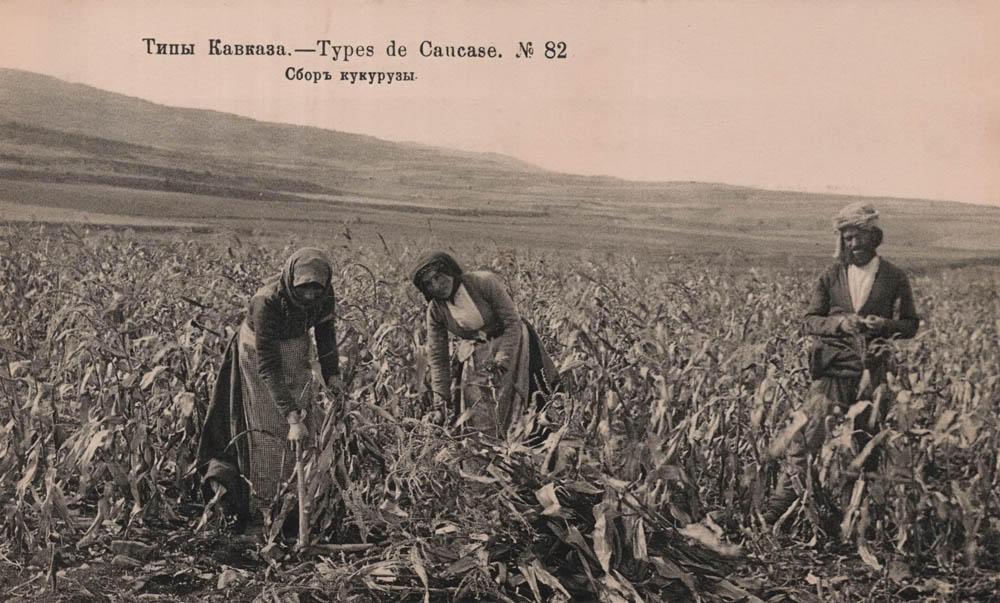Corn appeared in Georgia around the sixteenth century, after it had been imported to Europe from what is today Mexico. Corn dishes plays an important role in Georgian cuisine. It is used to make ghomi (traditional Georgian porridge) or to bake mchadi (thick flatbread that can be eaten as a substitute for bread or as an independent dish). Prior to the arrival of corn, both of these dishes were cooked from a plant (ghomi) from which the name of the porridge is derived.
Ghomi is served alongside first and main courses, such as harcho, muzhuzi, satsivi and guruli. Because ghomi is mild, it complements the spicy flavour of those dishes. Elardji is a special type of ghomi native to Samegrelo. It is cooked using water (as is traditional across Georgia) or milk. Elardji is often flavoured with cheese, predominantly sulguni.
Mchadi is traditionally baked in a clay pan – the ketsi. It is made from water and cornmeal. Mchadi can be served with or without a filling. Fillings include imeretian cheese, beans, green or white onion, cilantro, parsley and other greens. In Upper Svaneti, mchadi stuffed with cheese is called chvishtari, while in Lower Svaneti it is known as luknari. According to an ancient custom, mothers left an imprint of their hand in the dough of the mchadi – the dedis kheli (mother’s hand). Such mchadi was given to their children embarking their long trip.
